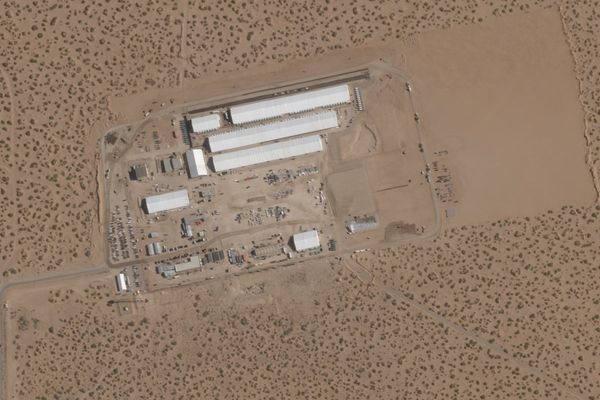SARASOTA, Fla. — Tampa Bay residents have a tendency to brush aside concerns about hurricane season as annual forecasts arrive each spring.
Bob Bunting understands why so many are carefree: A major hurricane hasn’t struck the region in more than 100 years. But Bunting, a hurricane researcher and chief executive officer for the Climate Adaptation Center in Sarasota, says that’s a dangerous way to approach hurricane season any year, but especially as of late.
That’s because storm seasons are becoming longer and fiercer on average, he said, meaning Tampa Bay’s centurylong string of luck could end sooner rather than later. And, with the Climate Adaptation Center forecasting 2022 to be a seventh straight above-average season, the “big” storm could strike as soon as this year.
“We know how to react to a disaster in this country better than anyone,” Bunting said. “But we need to see more resources thrown at preparing to prevent these disasters from happening or, at least, minimize them.”
While it’s impossible to predict the exact places storms could strike months in advance, Bunting is confident there will be a large volume of storms this summer that could put Tampa Bay in harm’s way.
During a Zoom conference on Friday morning, Bunting released his forecast for hurricane season: 22 named storms, nine to 11 hurricanes and 5 major storms. An average season over the last 30 years, by comparison, is 14 named storms, seven hurricanes and three major storms.
Bunting forecast a slightly more active season than his colleagues at Colorado State University, which projected 19 named storms and four major hurricanes in 2022. AccuWeather’s forecast also called for four major hurricanes and 16 to 20 named storms.
“We’re having more and more hurricanes, and more and more severe hurricanes,” Bunting said. “It’s only a matter of time one hits a major populated area and it’s a catastrophe.”
Bunting says his active-season forecast for 2022 is largely due to sea surface temperatures being warmer than usual already.
Warm water acts as “rocket fuel” for hurricanes, Bunting said, and water off the Florida coast is as much as four degrees warmer than average this April. Off Florida’s east coast, water temperatures are already warm enough to sustain tropical systems — a month and a half before the season’s official June 1 start date.
“It is very obvious that we have above-normal water temperatures this year, and they’re not going to be getting any cooler,” Bunting said.
Bunting predicts this year’s season, like the past five, will have its first named storm form in May. The warm water is the main reason, Bunting says, paired with a lack of El Nino in the Pacific Ocean. When present, the phenomenon produces wind shear in the Atlantic Ocean that keeps some storms from ever forming.
Its counterpart, La Nina, is currently present. It produces little to no wind shear in the Atlantic and often leads to an increase in tropical activity.
“Hurricanes are vertically stacked,” Bunting said. “That’s why wind shear is able to throw these storms off their axis and it keeps them from becoming major hurricanes. Without shear, we’re going to see a lot of storms form this summer.”
So what preparations does Tampa Bay need, exactly? Bunting says priority No. 1 should be to raise roadways higher above sea level, especially those on key evacuation routes.
Thousands would be trapped on Pinellas County’s barrier islands if a major storm struck Tampa Bay this season, Bunting said, with roads flooding well before landfall. This could be catastrophic, especially if a storm rapidly intensified in the Gulf of Mexico and gave coastal residents just a day’s notice to evacuate, something that’s happened to Mississippi and Louisiana in recent seasons.
A warning sign about this possibility came on Nov. 11, 2020. Tropical Storm Eta forced deputies to use high-water vehicles to rescue 33 people in Pinellas County. Flooding inundated areas around Tampa General Hospital. Bayshore Boulevard and the Tampa Riverwalk were both completely underwater. This flooding happened despite Eta only passing off the Pinellas County coast before it made landfall at Cedar Key.
Bunting would also like to see stricter building codes for coastal structures and more climate education. He’d particularly target the thousands of newcomers to the region who have no experience living in the path of hurricanes.
“The main job of government in this world is to protect life and property,” Bunting said. “There is no more obvious way to do this in Florida than to properly prepare and adjust for the world’s changing climate.”
———







